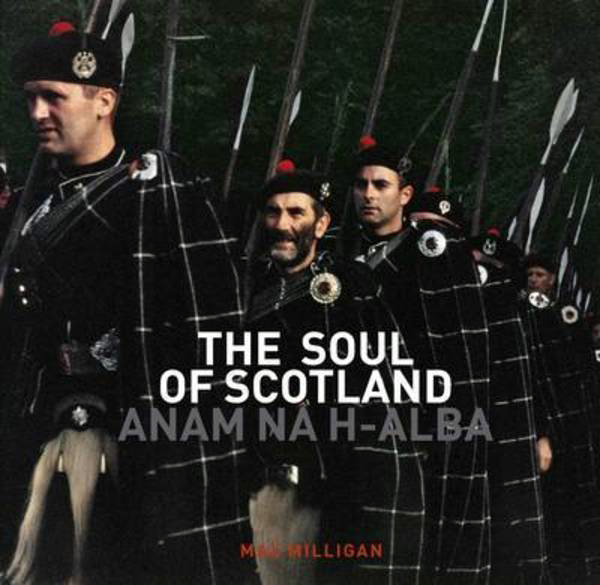It is a country of great tradition, borne from centuries of rich and colourful history, often bloody but always unbowed. It lies across thousands of square miles of mainland and island, largely wide open spaces of grass and grazing yet in their midst swathes of tremendous natural beauty. It has a population of more than five million, the vast majority of whom like the photographer Max Milligan are natives of this fiercely proud and passionate nation. Scotland is nothing if not a country of marked extremes and in this book Milligan seeks to distil its true essence across two hundred and eighty seven pages and into the three hundred or so photographs that are contained therein. He went out looking for its soul and I believe that he just about found it.
As Milligan himself says in his introduction, books rarely offer comprehensive views of their subject matter and what lies between the covers of The Soul Of Scotland is ultimately his own personal view of the country of his birth and one that he clearly loves. It would therefore seem churlish to initially highlight what may be missing from it. Divided into three distinct sections, City, Town and Country and Wilderness, it is perhaps in the first of these that the absences are most acutely felt. By his own admission Milligan admits to being a country boy in the city, almost an outsider looking in. This objectivity, when his camera focusses upon the urban landscape is often achieved at the expense of contrast. For every burnished Stockbridge and Selkirk street and the good burghers who live and work in those parishes, you crave the desolation of the Red Road flats and the social marginalisation of its refugee dwellers. For every curling rink and pipe band you yearn for the tension, vitriol and sheer unbridled excitement of an Old Firm clash. For every Burns supper and hog roast you want the home of the great Glasgow fish tea in London Road’s Val D’Oro restaurant or a roll and sausage in the Barras’ New Market café.
But once Milligan moves beyond the city limits the length and breadth of his vision knows no bounds. Photographs of sights, both hitherto known and unknown are often realised as broad brush-stroke canvases. Glenfinnan viaduct emerges majestically from Loch Shiel’s mist, the morning sunlight beautifully caught on its arches. It is an image which captures perfectly Milligan’s innate sense of natural light; his wholesale rejection of flash and photo editing; his reliance upon ambience; and his deep trust in what is actually seen by the naked eye. One after another, wonderfully juxtaposed against each other, these pictures come to life. Scenes of quite breath-taking beauty are transported from Milligan’s lens to the pages of this book. The autumnal colours of Clunie Wood are mirrored in the old whisky barrels at Glenfiddich; the sunlight dancing across the waters of Loch Laich is balanced by the starry starry night above Slains castle; the grey rolling mist over Glengarry Forest is reflected in the babbling headwaters of Loch Sunart; and watching the sky about to rain from Applecross Corries is an experience conjoined with the clouds gathering gloom over Clatteringshaws. Each photograph is a truly perfect counterpoint to the other.
Milligan’s pictures are often at their strongest when taken at either end of the day’s spectrum, catching the spirit of available light in the crosshairs of his lens. These images, most notably in the Wilderness section seem to harness the sheer enormity, force and beauty of Mother Nature and for that fleeting moment captures it for eternity. But it is often the smaller detail that elevates these photographs way beyond the ordinary. The blinking of the number 8’s indicator in the Prince’s Street dusk; the little boy pushing his cycle up that Culross incline; the sunlight snared in the window sill of the Forth Bridge bothy; the incandescent light on the vessel on the Black Isle; the glowing embers of the fire on the opposite page; and the single hen on those Montrose salmon nets. Milligan’s eye for this detail transports once familiar sights into something both unfamiliar and really quite extraordinary. And whether a stranger to Scotland or local you may be, it is this vision that makes you want to visit or revisit all of these places over and over again.
Four stars




